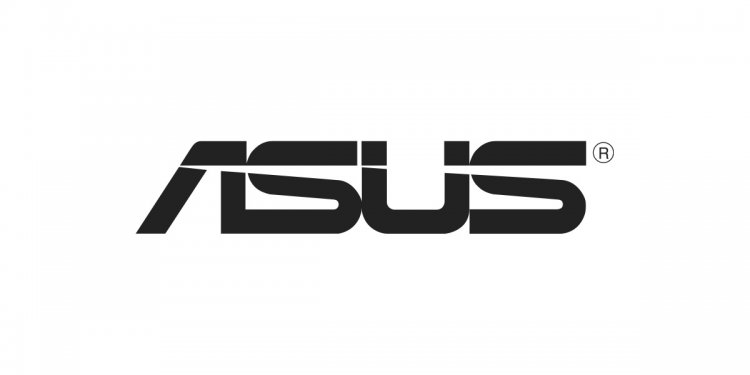
ASUS customer Service Canada
 An Asus technician has stepped forward out the shadows to give us the 10 insider tips for getting through and getting better and faster tech support from the computer and computer parts maker. Some things just can’t be fixed though, but it’s at least to know the soul-crushing math they’re using to destroy the customer experience. Considering how bad their tech support is, you’re definitely going to need these tips…
An Asus technician has stepped forward out the shadows to give us the 10 insider tips for getting through and getting better and faster tech support from the computer and computer parts maker. Some things just can’t be fixed though, but it’s at least to know the soul-crushing math they’re using to destroy the customer experience. Considering how bad their tech support is, you’re definitely going to need these tips…
Our tipster writes:
If you aren’t aware, Asus makes an estimated 1 in 3 computer main boards sold globally and in addition to their own brand of products also provide system boards to a number of major OEM builders such as HP/Compaq and Dell. In January, AsusTek split into three separate entities – Asus, which deals primarily with Asus-branded PCs and laptops including the wildly popular EEE PC, ‘Pegatron’, which handles the motherboard business (though we keep the Asus brand name on them), and ‘Unihan’, which handles many of the other non-PC related Asus product line. As a result, each entity was suddenly responsible for its own profitability. No biggie, right? Well, as most of your readers know, customer service and support play a key role in the buyer experience. Given that so many products are similar in specification and performance these days, often it’s the after-the-sale support that can mean the difference in long term repeat business and losing a customer.
Not long after the company split, management began obsessing over numbers, and how to make what is normally an accepted expense (customer support) profitable. It was determined that the new company, ‘Pegatron’, would charge the parent company (Asus) for each technical support phone call, email, or live chat session that was received and responded to. While I cannot attest to the actual dollar amount charged for each call, I do know that phone calls generate the most income, followed by live chats, then emails. Ok, you say, no big deal, how does that affect me? Well, that’s what I’m about to show you, with 10 steps anyone can take in an attempt to get the best possible support by circumnavigating the games played with customers to generate revenue.
1. If you need technical support for any Asus product CALL.
Do NOT send an email, and use the live support feature at your own risk. A single phone call generates more revenue for the company than a couple of Live Support sessions, and more revenue than half a dozen email responses. As a result, nearly ZERO emphasis is placed on answering them, and emails are often replied to with canned ‘cut and paste’ responses which may not be relevant to your case.
2. Best Times For Calling With Low Hold Time
When calling, there are times that give you the best chances to get through with a minimal hold time. Since the support center is based in the Eastern Time Zone, and the best time to call is before 12 noon EST. The very best days to call are Tuesday through Thursday. From Noon-6pm hold times can be somewhat lengthy, as by that time working hours are in play nationwide. At any given time there are only 8-10 staff to take phone calls (yes, we’re grossly understaffed), email queries and answer Live chats. The U.S. office supports all of North America including Canada as well as Western Europe. That translates into a very heavy call volume for a small amount of people.
3. We’re stressed, don’t take it personally
If the representative you speak to seems curt, ill tempered, or rude, it’s not on purpose, nor personally directed toward you. All support representatives are instructed to strive for taking 70 calls per day. When you factor in a lunch hour and 2 fifteen minute breaks it leaves 450 minutes in a day. For us to reach our goal, we must be off the phone with you in 6.42 minutes. We aren’t supposed to care that it’s the tenth time you’ve called us (which isn’t toll free), or that you can’t stay on long enough to accurately even describe your issue.
4. Can I take a message?
We have recently adopted ‘messaging’ in order to achieve an objective from management that all incoming calls be answered in 60 seconds or less. To that end, we have hired a few people from temp services to answer calls, and when we experience a heavy load, they take your name and number with the promise of a return call. While calls are returned, it may take hours, if not days to get a return call. This serves three hidden purposes. If we message your call, we get paid for taking it even though no support was rendered. When we call you back, we get paid again for making a call. And currently, management has contests running offering cash rewards for most calls handled by a person during the month. Guess what? If we take a message, call you back once or twice, or you yourself call back out of frustration, we may get paid 2 or 3 times before you can speak with someone, all in the name of bonus money.
5. Don’t get through? Call back in 10 minutes
If you do get ‘messaged’, you’re better off calling back in 10 or 15 minutes if you have the time. While messages should be returned within 2 hours, it’s often not the case, and generally messaging is done only long enough to clear the incoming call queue, so it’s unlikely you’d be messaged twice in that amount of time. (unless someone is intentionally messaging you, then calling back to generate more revenue and a chance at a nice cash bonus)

















